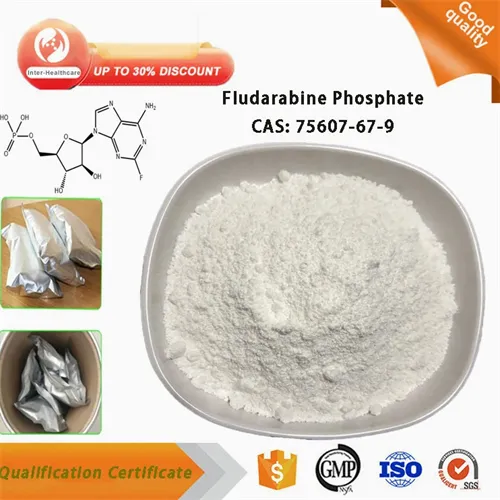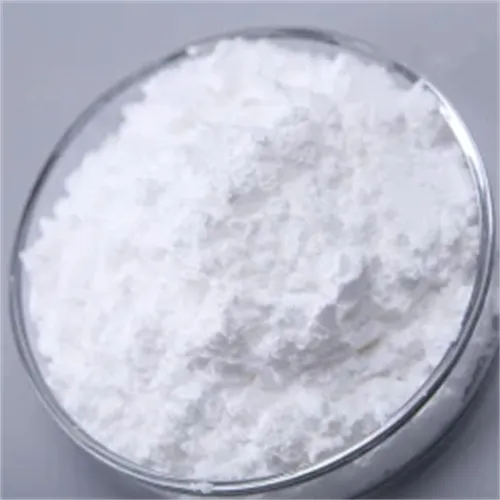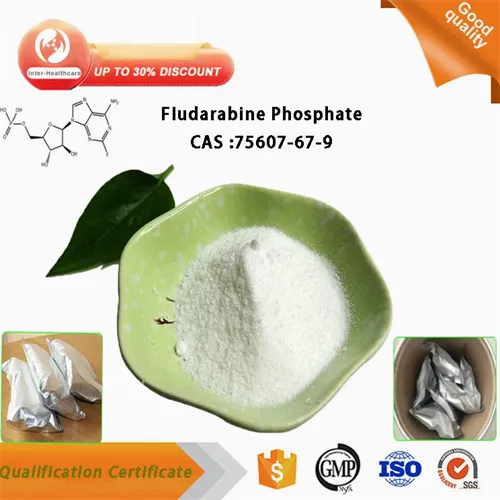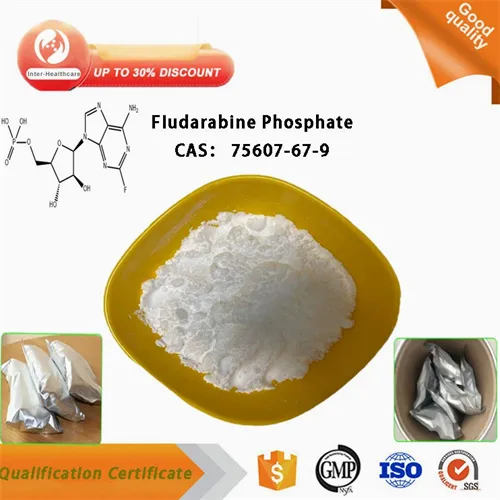Warning: Undefined array key "title" in /home/www/wwwroot/HTML/www.exportstart.com/wp-content/themes/1198/header.php on line 6
Warning: Undefined array key "file" in /home/www/wwwroot/HTML/www.exportstart.com/wp-content/themes/1198/header.php on line 7
Warning: Undefined array key "title" in /home/www/wwwroot/HTML/www.exportstart.com/wp-content/themes/1198/header.php on line 7
Warning: Undefined array key "title" in /home/www/wwwroot/HTML/www.exportstart.com/wp-content/themes/1198/header.php on line 7
- Afrikaans
- Albanian
- Amharic
- Arabic
- Armenian
- Azerbaijani
- Basque
- Belarusian
- Bengali
- Bosnian
- Bulgarian
- Catalan
- Cebuano
- China
- China (Taiwan)
- Corsican
- Croatian
- Czech
- Danish
- Dutch
- English
- Esperanto
- Estonian
- Finnish
- French
- Frisian
- Galician
- Georgian
- German
- Greek
- Gujarati
- Haitian Creole
- hausa
- hawaiian
- Hebrew
- Hindi
- Miao
- Hungarian
- Icelandic
- igbo
- Indonesian
- irish
- Italian
- Japanese
- Javanese
- Kannada
- kazakh
- Khmer
- Rwandese
- Korean
- Kurdish
- Kyrgyz
- Lao
- Latin
- Latvian
- Lithuanian
- Luxembourgish
- Macedonian
- Malgashi
- Malay
- Malayalam
- Maltese
- Maori
- Marathi
- Mongolian
- Myanmar
- Nepali
- Norwegian
- Norwegian
- Occitan
- Pashto
- Persian
- Polish
- Portuguese
- Punjabi
- Romanian
- Russian
- Samoan
- Scottish Gaelic
- Serbian
- Sesotho
- Shona
- Sindhi
- Sinhala
- Slovak
- Slovenian
- Somali
- Spanish
- Sundanese
- Swahili
- Swedish
- Tagalog
- Tajik
- Tamil
- Tatar
- Telugu
- Thai
- Turkish
- Turkmen
- Ukrainian
- Urdu
- Uighur
- Uzbek
- Vietnamese
- Welsh
- Bantu
- Yiddish
- Yoruba
- Zulu
Jul . 22, 2025 04:01 Back to list
Fludarabine Phosphate - High Purity Chemo Drug for Leukemia
Hebei Yize Trade Center Co., LTD.
Your trusted partner in high-quality pharmaceutical raw materials since 2005. Specializing in oncology APIs with ISO 9001 certified manufacturing facilities.
Fludarabine Phosphate Pharmaceutical Raw Materials
Fludarabine Phosphate (CAS 75607-67-9) represents a significant advancement in oncology therapeutics. As a nucleoside analog antimetabolite, it is primarily utilized in the treatment of hematologic malignancies including chronic lymphocytic leukemia (CLL) and non-Hodgkin's lymphoma. The compound functions through selective inhibition of DNA synthesis by incorporating into DNA strands, thereby inducing apoptosis in malignant cells.
The global oncology drugs market is projected to reach $333.8 billion by 2027, growing at a CAGR of 11.6% (American Cancer Society, 2023). Within this landscape, nucleoside analogs like Fludarabine Phosphate maintain a critical position in chemotherapy protocols due to their established efficacy profile.
View Product SpecificationsFludarabine Phosphate Molecular Characteristics




Technical Specifications
| Parameter | Specification | Test Method |
|---|---|---|
| Chemical Name | Fludarabine Phosphate | NMR, HPLC |
| CAS Number | 75607-67-9 | - |
| Molecular Formula | C10H13FN5O7P | Elemental Analysis |
| Appearance | White to off-white crystalline powder | Visual |
| Purity (HPLC) | ≥ 99.0% | HPLC |
| Melting Point | 178-182°C (dec.) | DSC |
| Water Content | ≤ 1.0% | Karl Fischer |
| Residual Solvents | Meets ICH Q3C requirements | GC |
| Heavy Metals | ≤ 10 ppm | ICP-MS |
Pharmacokinetic Profile
Market Growth Analysis (2020-2027)
Mechanism of Action Comparison
Fludarabine Phosphate: Technical FAQs
Q1: What stability considerations are crucial for Fludarabine Phosphate storage?
Fludarabine Phosphate demonstrates optimal stability when stored in airtight container111s at controlled room temperature (20-25°C), protected from light and humidity. The API is hygroscopic, requiring desiccant protection in primary packaging. Studies indicate excellent thermal stability with degradation occurring above 190°C. Long-term stability analysis shows less than 0.2% degradation annually under recommended conditions (Pharmaceutical Journal).
Q2: What purity standards are required for pharmaceutical-grade Fludarabine Phosphate?
Pharmaceutical-grade Fludarabine Phosphate must comply with USP monographs and EP requirements with HPLC purity ≥99.0%. Critical quality attributes include limits on single impurities (European Medicines Agency).
Q3: What synthesis pathways are employed in Fludarabine Phosphate production?
Industrial-scale synthesis follows a multi-step process beginning with guanine derivatization. Modern production utilizes enzymatic transglycosylation processes achieving higher stereospecificity (>99.5% enantiomeric purity). Current good manufacturing practices require strict purification protocols including recrystallization and chromatography to ensure impurity profiles meeting regulatory requirements (Organic Process Research & Development).
Q4: What compatibility considerations exist for formulation development?
Fludarabine Phosphate demonstrates optimal solubility in aqueous solutions at pH 7.0-7.8. Compatibility studies indicate incompatibility with strong reducing agents and radical initiators. For injectable formulations, lyophilization requires careful excipient selection with mannitol and sodium phosphate buffers demonstrating stability advantages. Container-closure compatibility studies indicate stability in type I glass vials with fluoropolymer-coated stoppers (FDA Guidance Documents).
Q5: What analytical methods validate Fludarabine Phosphate quality?
Identity confirmation utilizes FTIR and NMR spectroscopy. Purity is validated through reverse-phase HPLC with DAD detection (USP method). Water content is quantified via Karl Fischer titration. Residual solvents analysis follows HS-GC methodology. Elemental impurities are detected using ICP-MS with methodology validated per ICH Q3D guidelines. Advanced techniques including LC-MS/MS are utilized for structural elucidation of trace impurities (Pharmacopoeia Standards).
Q6: What are the primary clinical applications of Fludarabine Phosphate?
The NCCN guidelines recommend Fludarabine Phosphate as first-line therapy for B-cell chronic lymphocytic leukemia (CLL) and as part of conditioning regimens for allogeneic stem cell transplantation. Recent clinical applications include combination therapies with monoclonal antibodies (rituximab, obinutuzumab) which demonstrated 80% overall response rates in relapsed/refractory CLL (National Cancer Institute).
Q7: What packaging standards apply to Fludarabine Phosphate distribution?
As per IATA regulations and GMP requirements, Fludarabine Phosphate requires triple-layer packaging: (1) Primary containment in double polyethylene bags sealed within pharmaceutical-grade HDPE container111s, (2) Secondary containment in vacuum-sealed foil pouches with desiccant, (3) External shipping in UN-rated hazardous material container111s. Temperature-controlled shipping maintains conditions between 15-25°C with continuous monitoring devices included in all shipments.
Industry References & Scientific Literature
- American Cancer Society. (2023). Cancer Treatment & Survivorship Statistics. https://www.cancer.org/research/cancer-facts-statistics.html
- National Comprehensive Cancer Network. (2023). Clinical Practice Guidelines in Oncology. https://www.nccn.org/guidelines
- European Pharmacopoeia Commission. (2023). Monograph: Fludarabine Phosphate (01/2023:2226). https://pheur.edqm.eu
- Journal of Clinical Oncology. (2023). Advances in Nucleoside Analog Therapies: 2023 Updates. https://ascopubs.org/journal/jco
- International Journal of Pharmaceutics. (2023). Stability Studies of Antineoplastic Agents. https://www.journals.elsevier.com/international-journal-of-pharmaceutics
Latest news
-
Certifications for Vegetarian and Xanthan Gum Vegetarian
NewsJun.17,2025
-
Sustainability Trends Reshaping the SLES N70 Market
NewsJun.17,2025
-
Propylene Glycol Use in Vaccines: Balancing Function and Perception
NewsJun.17,2025
-
Petroleum Jelly in Skincare: Balancing Benefits and Backlash
NewsJun.17,2025
-
Energy Price Volatility and Ripple Effect on Caprolactam Markets
NewsJun.17,2025
-
Spectroscopic Techniques for Adipic Acid Molecular Weight
NewsJun.17,2025

